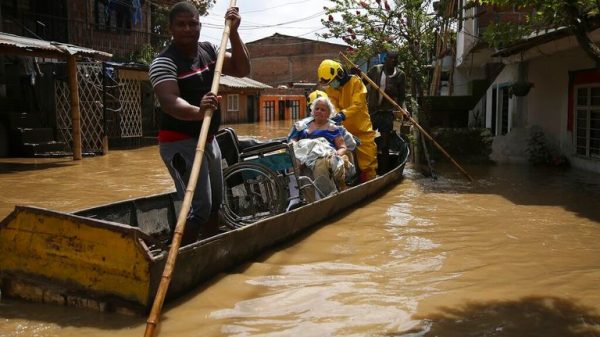Scientists say there could be water on Mars underground, and more than enough to fill the planet’s oceans.
Scientists from California universities San Diego and Berkeley say evidence suggests there is a large reservoir of liquid water under the planet’s surface.
Using data from NASA’s InSight lander – which carried out a four-year-long mission that ended in 2022 – they wrote that the amount of groundwater could cover all of Mars to a depth of one to two kilometres.
But the researchers warned it isn’t straightforward to find it. They believe the water is located in the rocks that form the midcrust of the planet, and is around 11.5 to 20km below the surface.
Despite how inaccessible the water is, study author and assistant professor at UC San Diego’s Scripps Institution of Oceanography, Vashan Wright, said the evidence it’s there gives major indications to the evolution of the red planet.
He said: “Understanding the Martian water cycle is critical for understanding the evolution of the climate, surface and interior.
“A useful starting point is to identify where water is and how much is there.”
The researchers used InSight’s data collected from the ground on Mars, including on the speed of Marsquake waves, and used a model to determine that the presence of liquid water in the crust most plausibly explained the data.
They wrote: “While available data are best explained by a water-saturated mid-crust, our results highlight the value of geophysical measurements and better constraints on the mineralogy and composition of Mars’ crust.”
Scientists have long tried to find water on Mars, with theories suggesting it had escaped into space. But the new evidence suggests “Mars’ crust need not have lost most of its water via atmospheric escape,” the writers said.
“Liquid water in the pores of the mid-crust also requires high enough permeability and warm enough temperatures in the shallow crust to permit exchange between the surface and greater depths,” they add.
The findings are published in the Proceedings of the National Academy of Sciences journal.



























